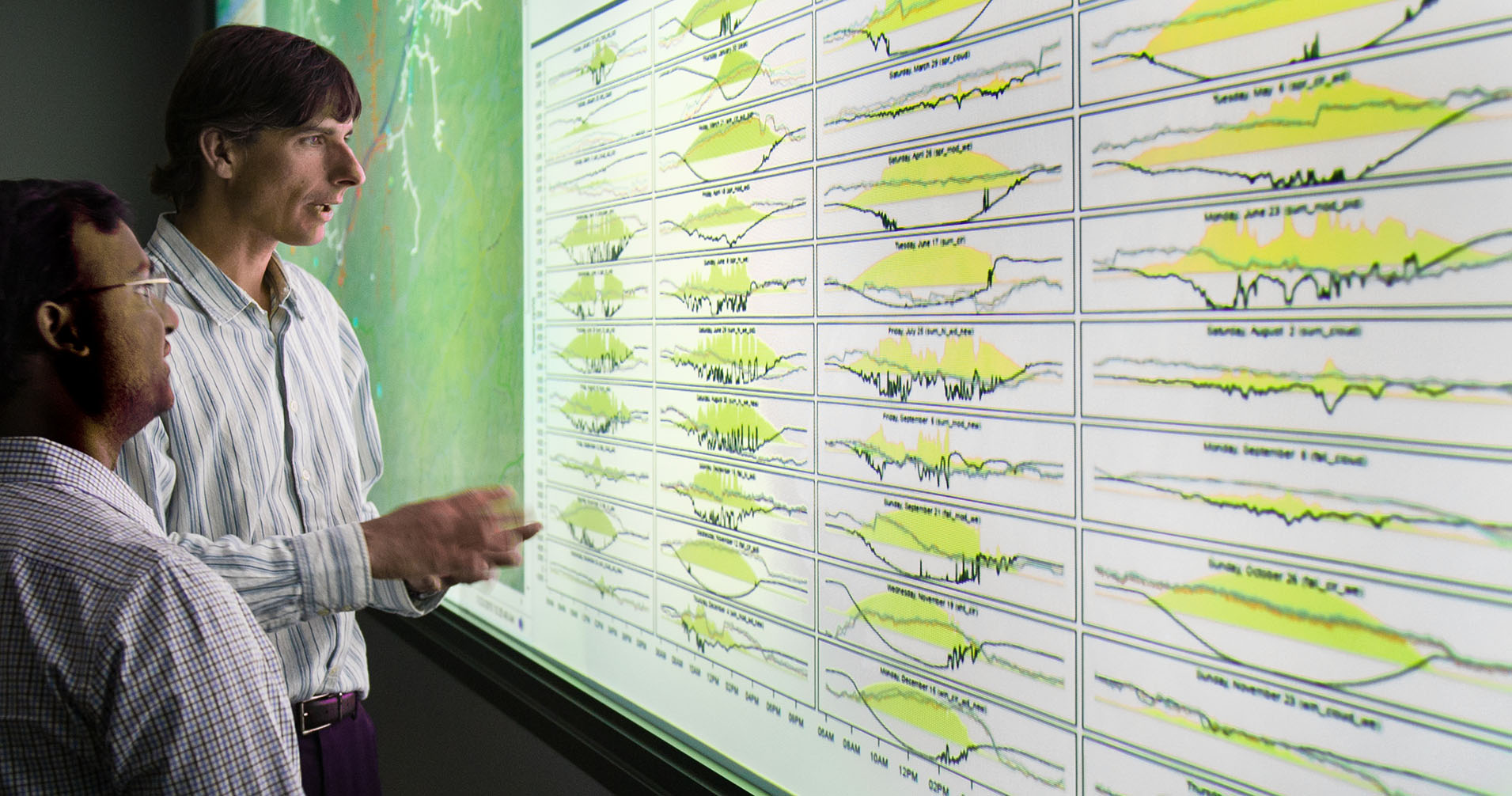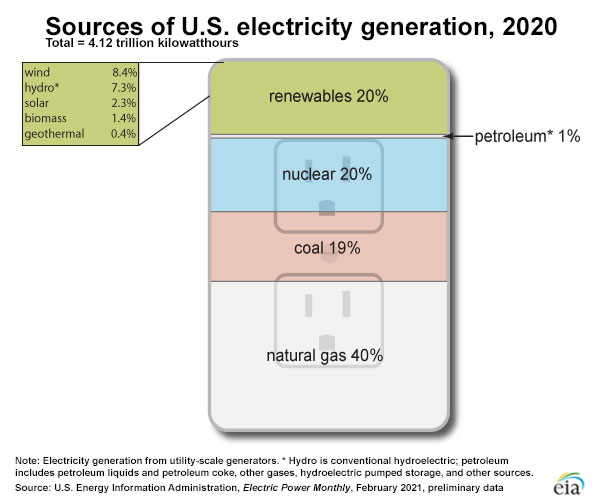Today, in the USA, power generation comes from coal, renewables (wind and solar, some biomass), nuclear and natural gas. Surprisingly little electricity is generated from oil. So, if you’re planning on buying a new GMC HUMMER EV and want to know where the electrons that will power your WTF acceleration stints will come from or how to get ready to charge your new electric truck…. read on.
How power utilities plan for the Hummer EV:
We talked to power companies in Florida and Michigan. Ben Burns of Detroit, Michigan-based DTE Energy on Autoline Detroit (episode 2514) said “Our core business is to provide safe and reliable power to our customers, …we have been planning for the last five years (for the EV transition).” That one small utility spends approximately one billion dollars per year in infrastructure updates and repair.
Elsewhere in Michigan, much of the state is supplied by Consumer’s Energy. Spokesman Jeff Myrom, director of electric vehicle programs said they “Plan to serve 1 million EVs by 2030.” He noted that a coal-fired power plant can take a full 24 hours to wind up, or down production, and that Michigan benefits from routine on-and-offshore wind for the companies’ wind farms to supply morning and evening power in addition to solar energy. Like many electric utilities, Consumers has a peak demand charge which the company asserts might only add a dollar per month for those who don’t embrace lowering their usage 2-7 PM. Jeff noted that, as most vehicles and their associated apps can schedule charging, a charger without this feature may be available at lower cost. “Costs may come down (as volumes increase) and it’s why a NEMA 14-50 outlet rather than hard wiring may be smart. Before you buy a Hummer or other EV, keep track of your mileage as typically you can add 160 miles of range overnight. You may not need that more-expensive 80-100 Amp charger.” Of course, for longer journeys there are DCFC (direct current fast charge) chargers available on many highways.
Like many electric utilities, Consumers has a peak demand charge which the company asserts might only add a dollar per month for those who don’t embrace lowering their usage 2-7 PM. Jeff noted that, as most vehicles and their associated apps can schedule charging, a charger without this feature may be available at lower cost. “Costs may come down (as volumes increase) and it’s why a NEMA 14-50 outlet rather than hard wiring may be smart. Before you buy a Hummer or other EV, keep track of your mileage as typically you can add 160 miles of range overnight. You may not need that more-expensive 80-100 Amp charger.” Of course, for longer journeys there are DCFC (direct current fast charge) chargers available on many highways.
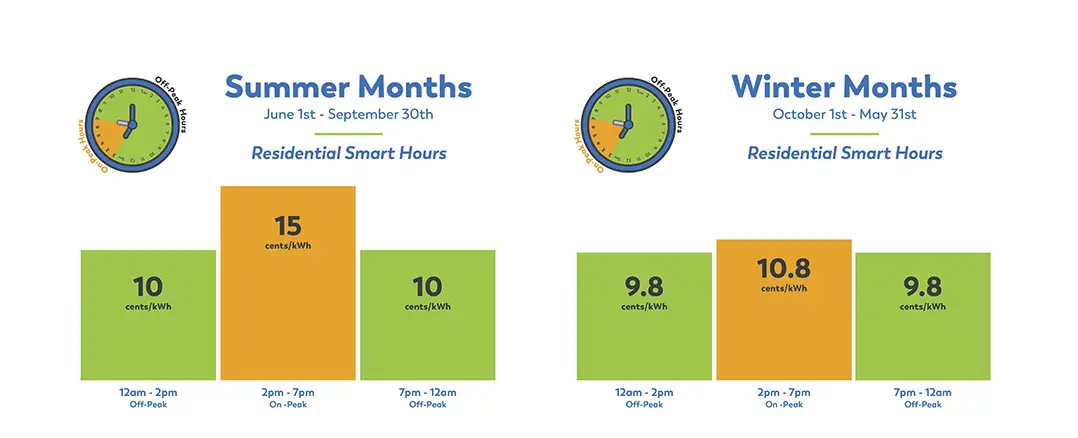
David Reuter is a spokesman for NextEra Energy Resources, LLC. whose Florida Power and Light division is Florida’s largest energy company, and David told us “Today, there is no issue. Regulated electric utilities must have a required capacity that exceeds historical averages.” That’s all the A/C in Florida on, at once. FPL plans 30 million solar panels—11 Gigawatts of solar energy production—by 2030 and already has the worlds’ largest battery storage system for off-hour supply. It also plans to have DCFC stations every 15 miles along major Florida highways.
Like most utilities, FPL incentivizes off-peak charging. “Customers are not putting 60kW into their batteries every night. One thing to note, don’t assume a 30 Amp circuit will be sufficient to charge your vehicle. Plan for a 60 Amp.”
Charging speed for Hummer EV?
What needs to be known and understood is the “acceptance rate” or how quickly your battery pack can absorb energy. That ranges from 3.3 kWh for an older Leaf to 19.2 kWh for LYRIQ and some other vehicles, which we expect will include the HUMMER EV family.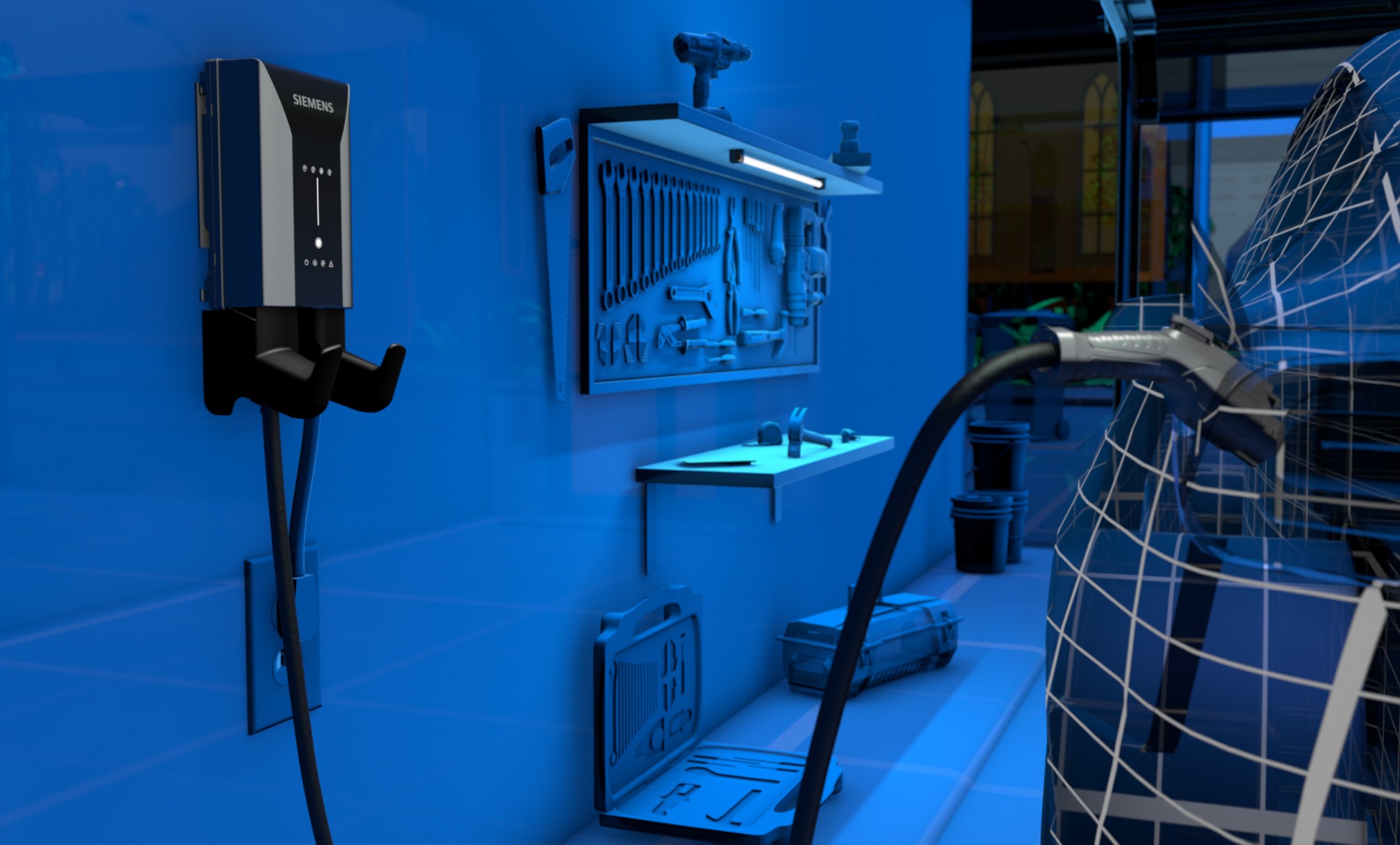
Most electric vehicles, charged on 120-volt circuits, add about four miles of driving range per hour. 48 miles, overnight, is hardly massive, yet perhaps sufficient for daily around-town excursions. A higher charging rate, more Amperes, more volts, more Watts is necessary for any other use. (Never Forget that repeatedly using a DC Fast Charger to charge fill your “tank” puts a strain on your battery pack.)
Kelly Blue Book suggests these approximate calculations based on a 240V Level 2 power source according to the manufacturers’ websites for the following 2021 cars:
- Chevrolet Volt EV: 10 hours
- Nissan Leaf: Up to 11 hours
- Tesla Model S: 12 hours
- Karma GS-6: 4 hours
- Tesla Model 3: 12 hours
- Porsche Taycan: Up to 10.5 hours
- Audi E-Tron: 10 hours
So, with battery packs ranging from miniscule—Mitsubishi i-MiEV’s 16 kWh—to 100 kWh and more, Level 2 charging times with typical 32 Amp hour chargers vary from 8.5 hours for a Chevrolet Bolt (older models) to 11+ for LYRIQ and likely HUMMER EV. We expect that your HUMMER EV or Cadillac LYRIQ (or extended range F-150 Lightning) will benefit from a more-powerful charger than that which is supplied.
Cost breakdown:
To install a Level 2 charger, at minimum add a 240V NEMA outlet and new high-capacity breakers to your home’s wiring and breaker box. Like anything else, more power costs more, and many 40-80 Amp charging stations are available for $600-$1000 without installation. Some charging stations include a NEMA 14-50 plug and mounting support for the 18’-25’ cable; you want both.
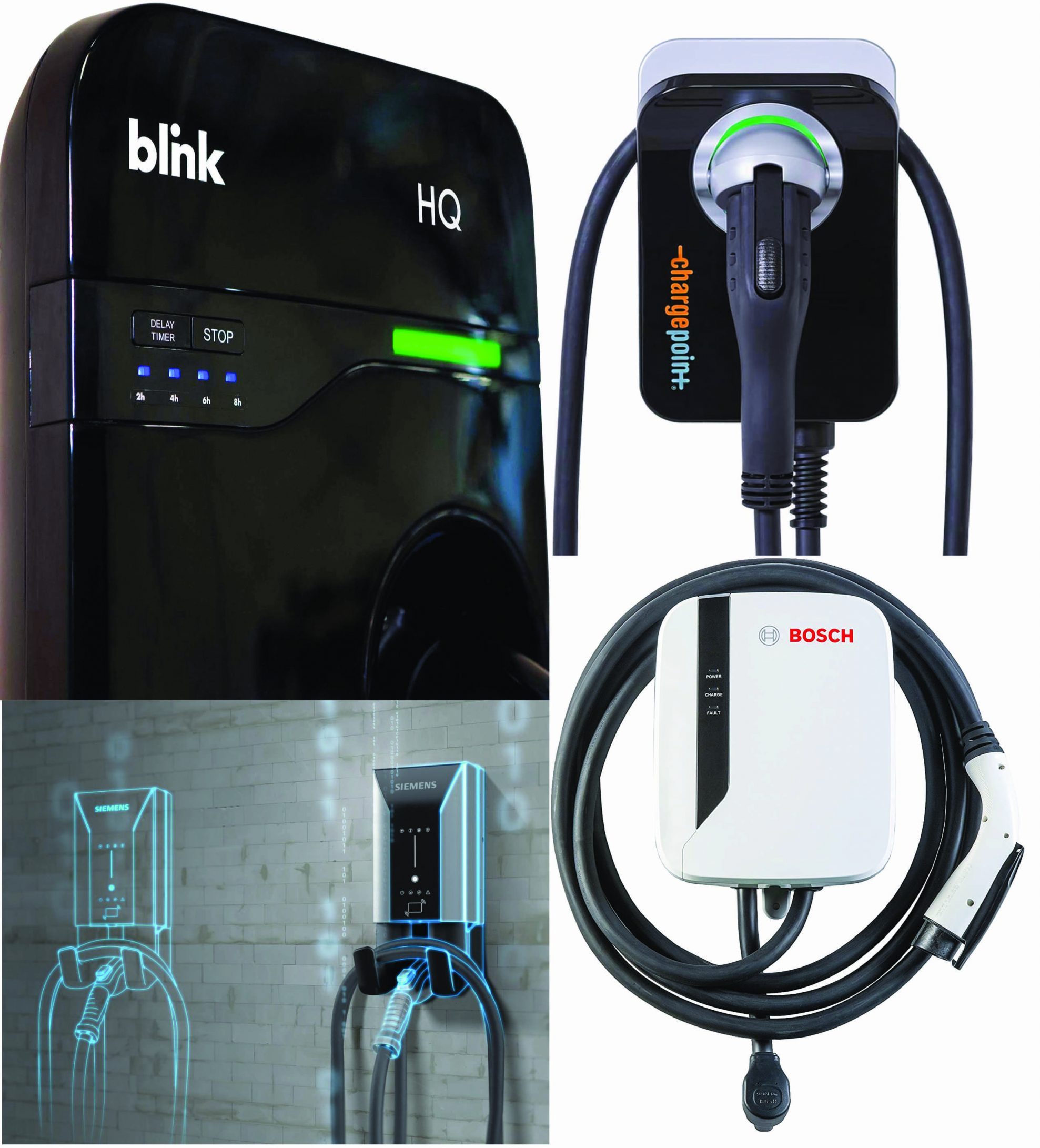
Who will connect your Hummer EV
Many manufacturers, GM included, utilize Qmerit to organize installation by independent contractors. According to Electrify America, “Qmerit specializes in EV charger installation across the country.” Call +1 (888) 272-0090 or [email protected] and they will connect you with up to three Qmerit-certified EV charger installers in your area. Most installations range from about $750 to $1,750 not including the cost of a Level 2 charging station.”
And, know this, or else!
Electrify Home says, “Installation of a Level 2 (240v) charging station typically requires that you own your home or have building owner permission (required for permits) and if applicable, have received Home Owner’s Association approval to install your charging station. Also note that “smart connected” stations require WiFi connectivity, so you will want to check your coverage at the installation location. For multi-family housing, most apartment complexes do not allow individual installations due to the inability to track and calculate electricity usage.”
3 reasons to pull a city permit for your Hummer EV charger installation from Electrify Home and Qmerit:
- Safety & Protection: Permitting provides a final inspection process that ensures your installation was done safely and meets the local electrical code specifications. If a mistake is made, the city inspector is there to catch it and ensure it is corrected right away. All electrical upgrades must be done properly to avoid electrical and fire hazard risk.
- Homeowners’ Insurance: If you ever have a related claim on your home (damage, etc.), your insurance company will likely require evidence of a permit on the electrical circuit upgrade.
- Warranty: The Qmerit platform allows your installer to capture installation details that become helpful if the station needs service or warranty attention.” Most independent licensed electricians can do the same.

